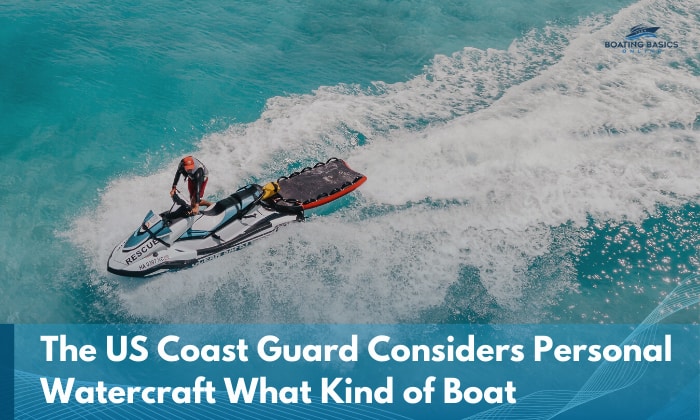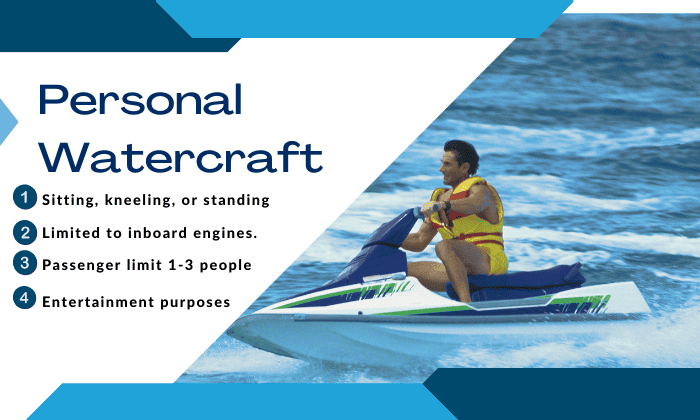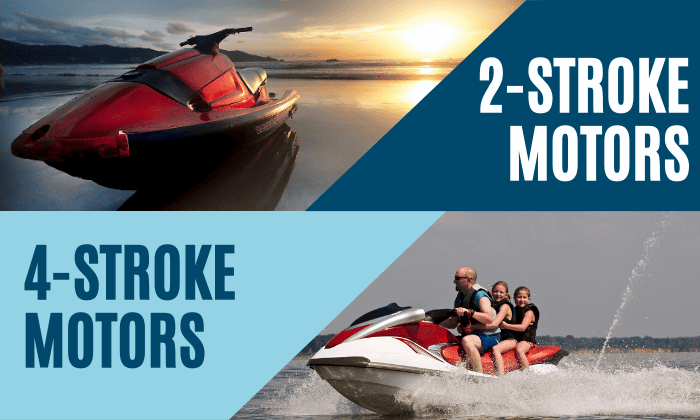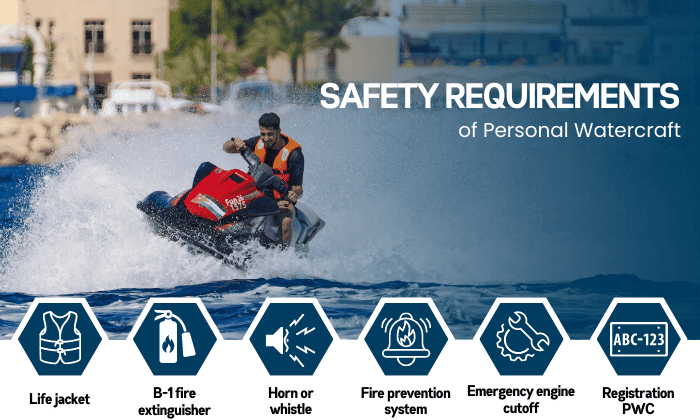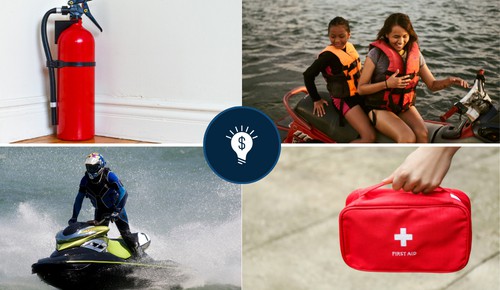Questions like, “The US Coast Guard considers personal watercraft what kind of boat?” gets asked by students and boat owners alike. I’ve decided to share the verified answer here for everyone’s reference.
Since the USCG classifies vessels based on size, a PWC (personal watercraft) falls under the Class A category. They’re often run by a 2-stroke or 4-stroke inboard engine, so they’re classed as inboard watercraft, too.
Table of Contents
What is a PWC and How Does It Differ From Other Boats?
You’re likely aware of a jet ski – well, that’s the best example of this type of boat. The main definition of a PWC is that it’s powered by an inboard engine and driven by a jet water pump. These two features alone already make a personal watercraft unique from other boats, as well as the following:
- Often run with the operator sitting, kneeling, or standing on the craft’s main body.
- Limited to inboard engines.
- Certain PWCs accommodate only one person, but larger models can sit up to four at once.
- Primarily designed for recreational use, can accelerate rapidly, and has high maneuverability.
US Coast Guard’s Classification of Personal Watercraft
Federal regulations categorize any vessel that spans 16 feet and below as a Class A watercraft. Considering the standard dimensions of a PWC, the average length of this type of vessel is around 10 ½ feet. Stand-up PWCs can actually go smaller than that, with an average minimum length of just over 6 feet.
As such, it’s really not hard to lump most PWCs together with other Class A petite boats. The categorization rarely stops at size alone, though.
In the past, a personal watercraft used to be propelled by a 2-stroke inboard engine solely, but more recent models now include more advanced 4-stroke inboard motors.
It’s generally considered unsafe for a PWC to run with an outboard motor, due to the risk of prop exposure. Hence, the standard personal watercraft classification by the USCG also labels it as an “inboard vessel”.
And that’s all the juice about this specific topic, really. If you’re going for a more complete USCG label for PWCs, we can all consider them as “Class A inboard motorboats”.
Safety Requirements for PWCs Set by the US Coast Guard
As PWCs are categorized as Class A watercraft, they must follow the same safety requirements as Class A vessels, as detailed below:
- Everyone on board a PWC must be wearing a USCG-approved life jacket, properly fitted and in working condition. This includes passengers aboard a different vessel being towed by the PWC.
- A USCG-approved B-1 fire extinguisher.
- A horn or whistle for signaling in the event of an emergency.
- For fire prevention, a passive ventilation system and backfire flame arrestor must be installed and in functioning condition.
- An emergency engine cutoff lanyard must be connected to the operator for the engine to shut off should he or she fall overboard.
- Registration numbers must be readily visible, and vessel registration papers available on hand.
Safety equipment considerations
- The fire extinguisher needs to be kept readily accessible and ready to use should an emergency arise.
- Always inspect PFDs, especially the life jackets that have been around for a long time. Don’t hesitate to repair or altogether replace the ones that may no longer be able to properly keep a person afloat.
- For optimal protection, consider getting a jet ski helmet. Did you know that head injuries are among the top injuries caused by jet ski accidents?
- Don’t forget to always bring along a first aid kit (and make sure it’s well-stocked), so you’ll always be able to render medical assistance to passengers that (knock on wood) get minor injuries.
Conclusion
In the end, the question, “The US Coast Guard considers personal watercraft what kind of boat?” is really rooted in safety regulations. As you can see, even tiny Class A vessels like PWCs are not exempt from the USCG’s stringent protective measures and guidelines.
I hope that this post has also opened your eyes to the fact that even though most boats are, in a sense, different from one another, you should stay vigilant every time you’re operating them.

“My intention from the first day establishing Boating Basics Online is to provide as much help as possible for boaters who want to experience a first safe and convenient trip. So feel free to join us and share your beautiful journeys to the sea!”

